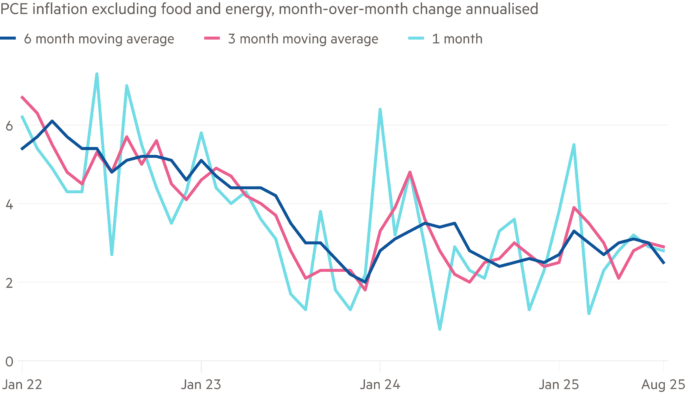The Bank of Japan has scrapped a key part of its forward guidance on interest rates in Kazuo Ueda’s first board meeting as governor, signalling the first step towards unwinding its ultra-loose monetary policy.
The yen fell sharply on Friday as the 71-year-old economist played it safe during his debut, announcing a comprehensive review of the BoJ’s policies while holding off from revising its longstanding yield curve control measures.
Ueda became the first academic to take the helm of Japan’s central bank this year, with the job of laying the groundwork for interest rate normalisation as consumer prices in the country hit a multi-decade high.
He left room for policy changes in the coming months, with the BoJ forecasting inflation was likely to remain close to its 2 per cent target in the next two fiscal years.
“Compared to before, we’re now able to have some hope that the 2 per cent inflation target can be sustainably reached,” Ueda said at a news conference on Friday.
But he added that the risk of premature tightening was currently higher than the risk of inflation getting out of control: “We want to patiently and persistently continue with monetary easing for a short while longer.”
The yen weakened to its lowest point in six weeks, falling as much as 1.1 per cent to ¥135.45 per dollar on Friday, as investors bet on a continued dovish stance under Ueda. The Topix stock index rose 1.2 per cent.
The BoJ held overnight interest rates at minus 0.1 per cent and maintained its yield curve control policy, saying it would continue to allow 10-year government bond yields to fluctuate by 0.5 percentage points above or below its target of zero.
Following in the footsteps of the US Federal Reserve and the European Central Bank, the BoJ dropped a part of its forward guidance that previously said it “expects short- and long-term policy interest rates to remain at their present or lower levels”.
The removal of this clause, which was originally aimed at supporting the economy after Covid-19, could make it easier for the BoJ to scrap yield curve control.
“The removal of forward guidance . . . points to the possibility that a change in the Bank’s yield curve control policy could actually come far more quickly in coming months,” Benjamin Shatil, a foreign exchange strategist at JPMorgan.
In its economic outlook report, also released on Friday, the BoJ stuck to its forecast that core consumer prices, excluding fresh food, would fall below its 2 per cent target this year after the index rose at a rate of 3.1 per cent in March from a year earlier.
But the bank said it expected price rises of 2 per cent in the 2024 fiscal year, instead of its previous forecast of 1.8 per cent. It also expects 1.6 per cent inflation in the 2025 fiscal year.
Stripping out fresh food and energy prices, the BoJ said it forecast consumer prices to rise 1.8 per cent in the year through March 2026.
According to UBS chief Japan economist Masamichi Adachi, the latest inflation forecast allows the BoJ to buy time and flexibility in its policy direction.
“The message the BoJ is trying to send is that the inflation trend is rising and preparations for policy change are under way,” Adachi said, adding that the broader policy review, which will take place over 18 months, would not stop the BoJ making near-term changes to easing measures.
Additional reporting by Leo Lewis in Tokyo and Hudson Lockett in Hong Kong



